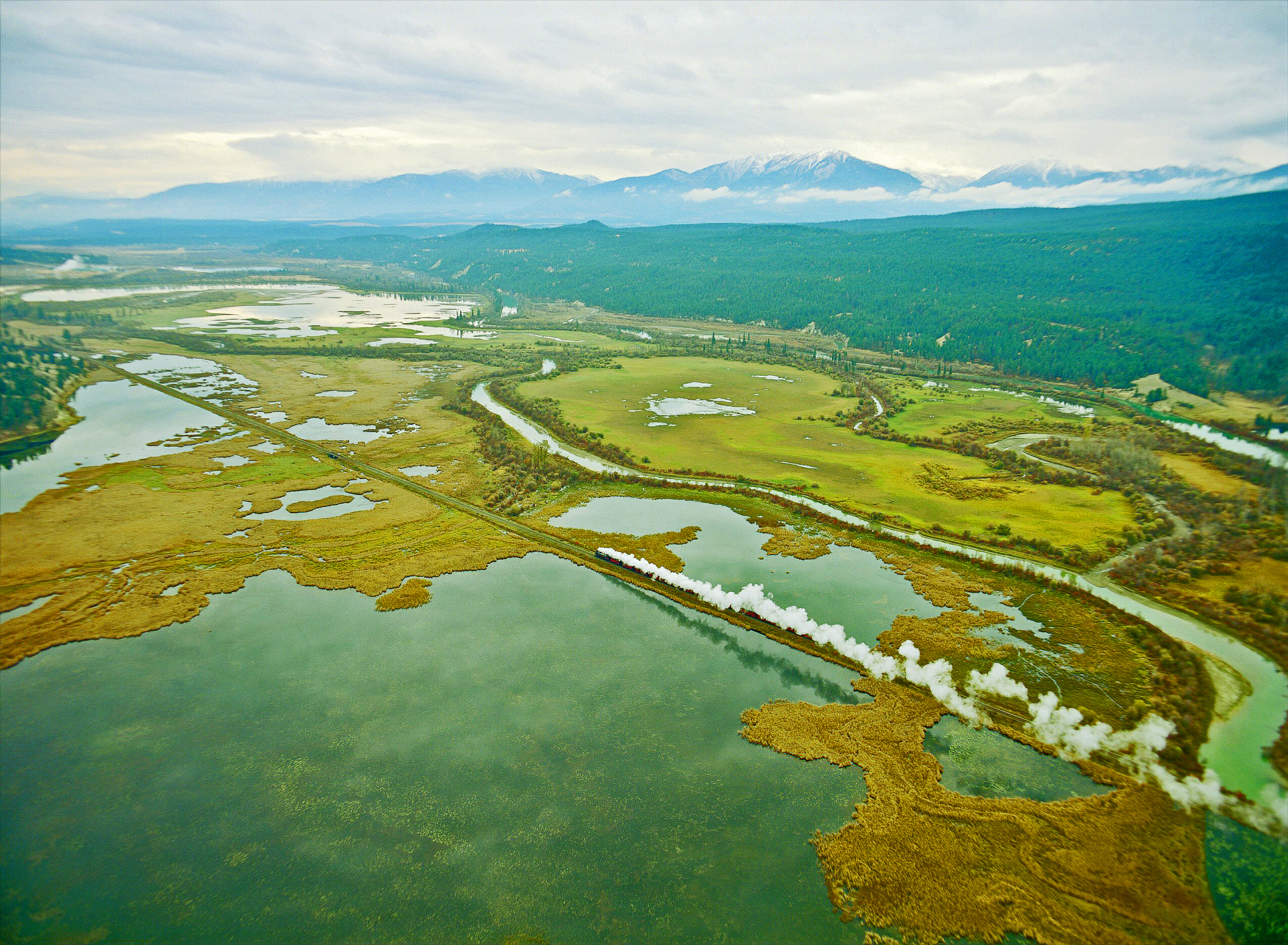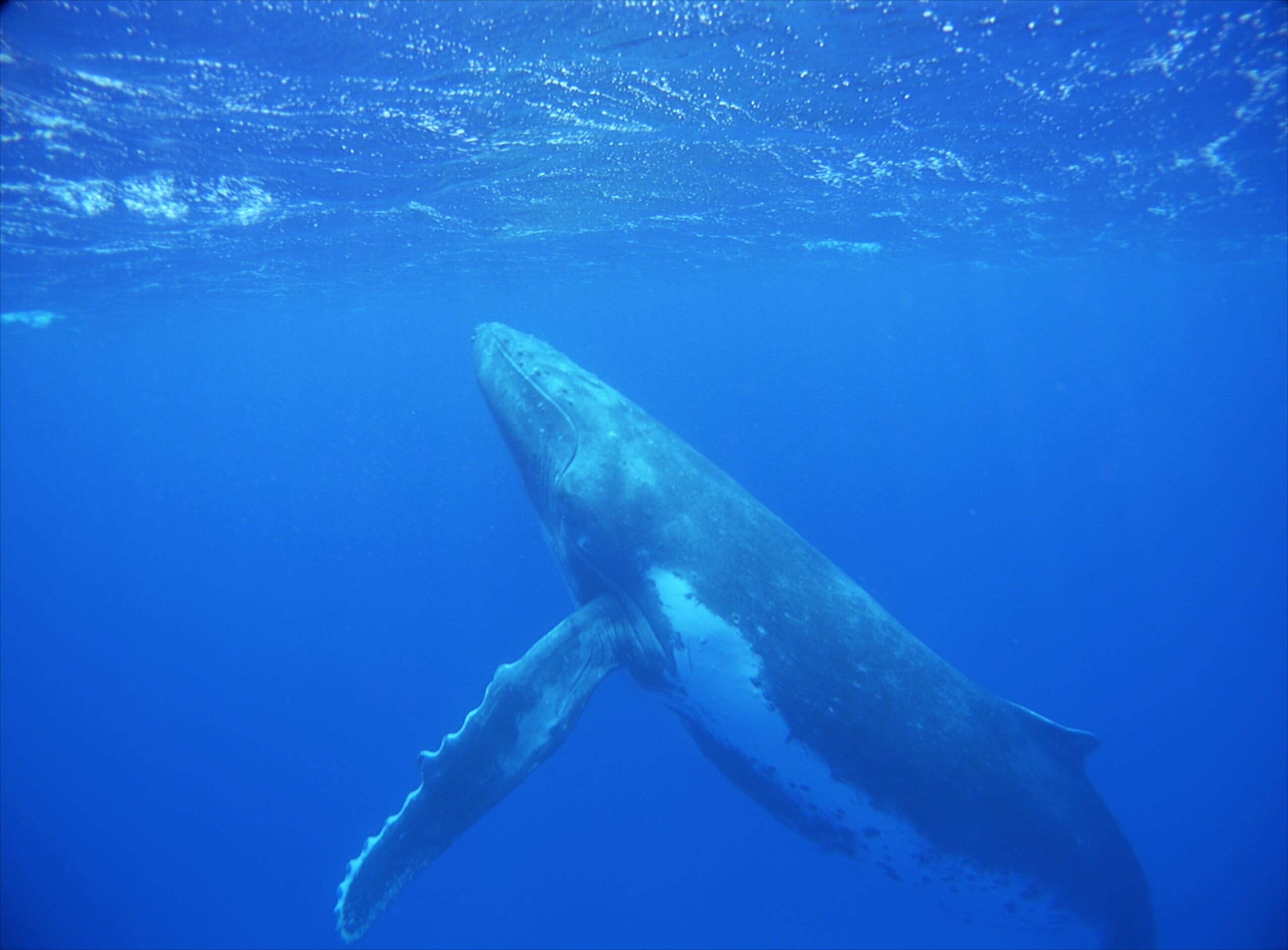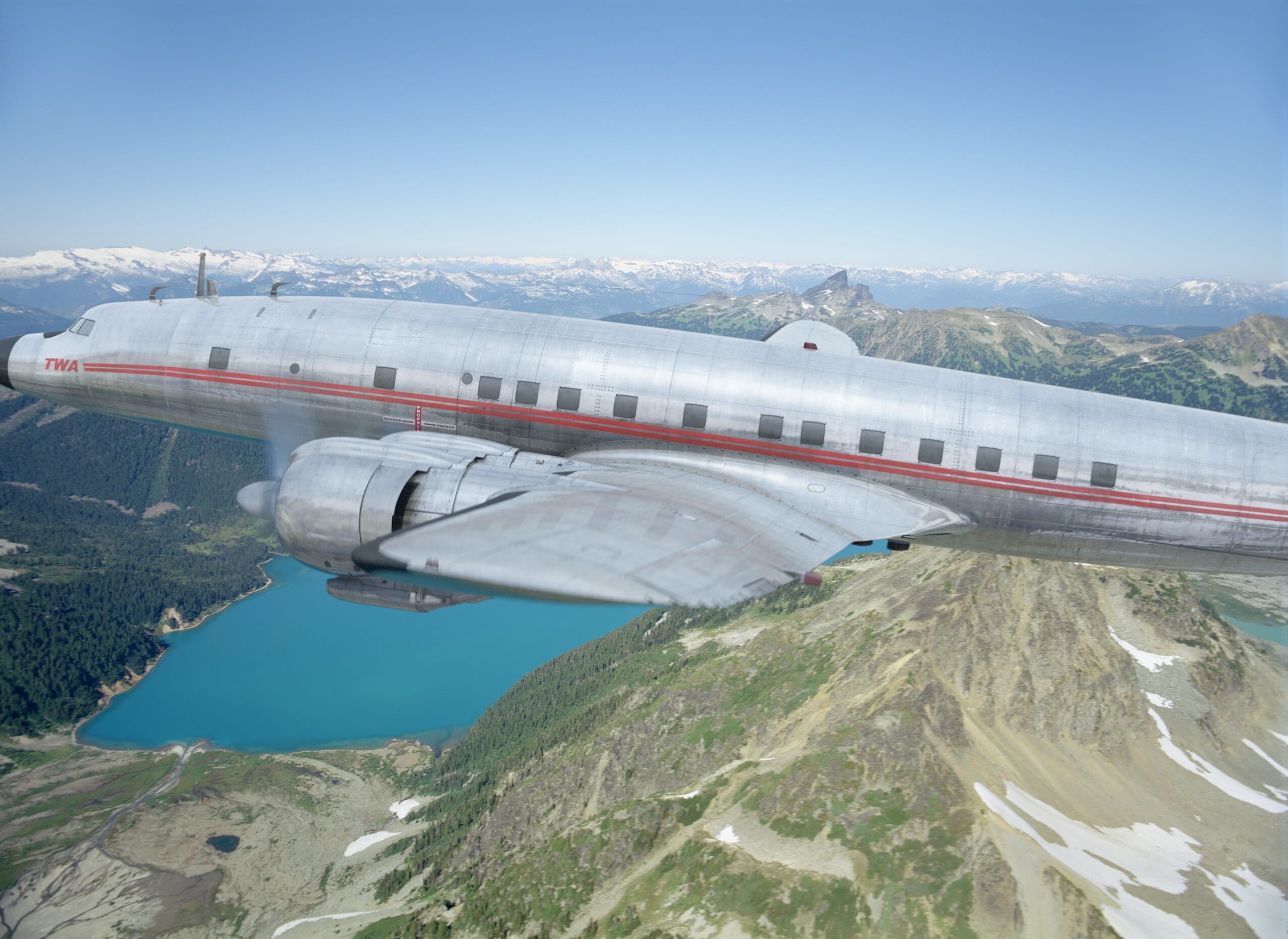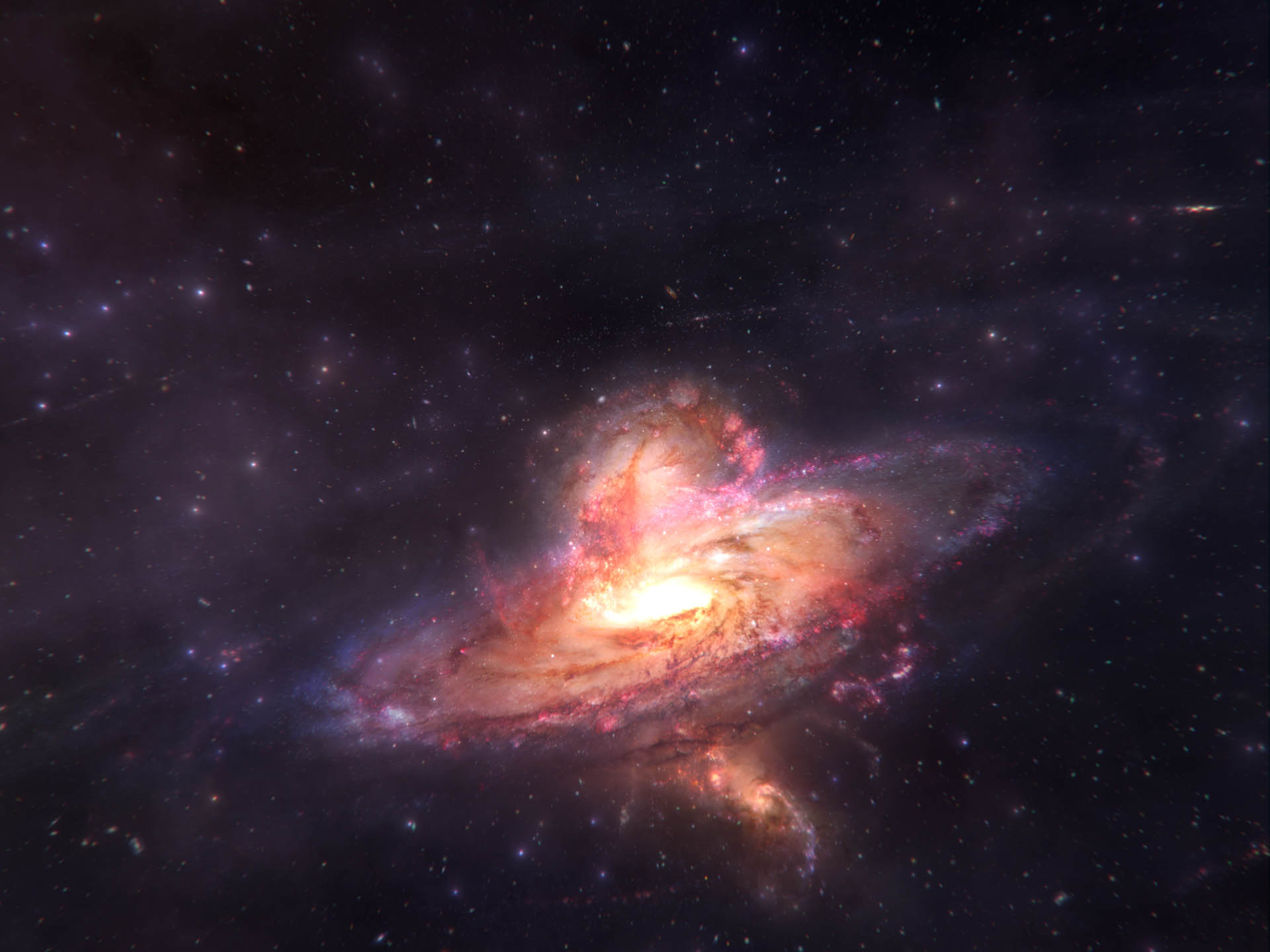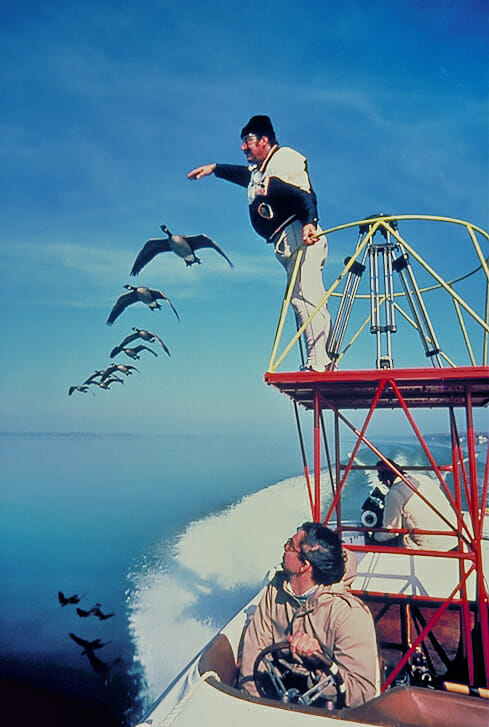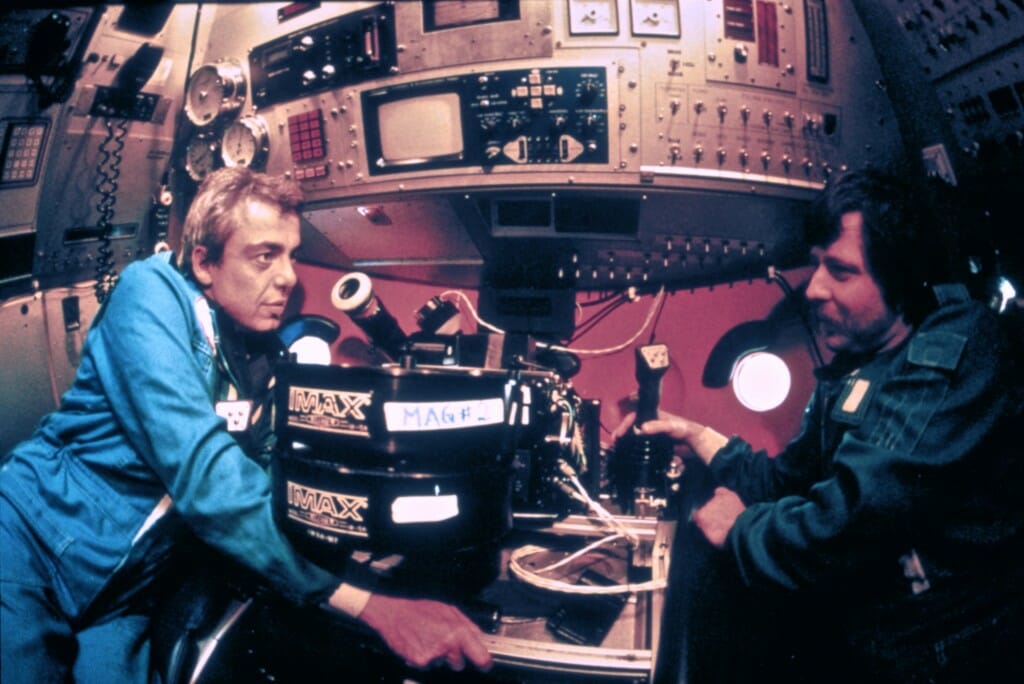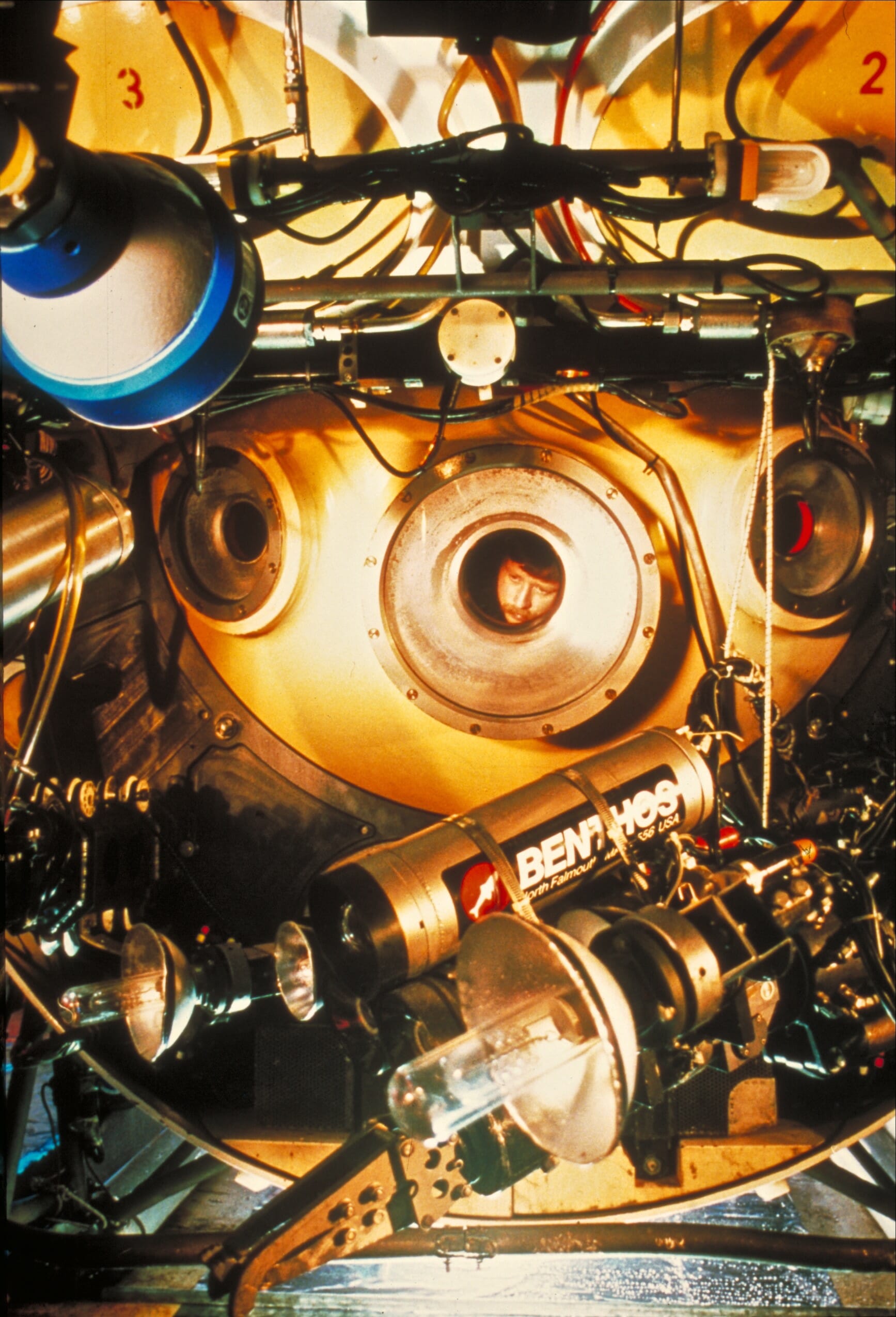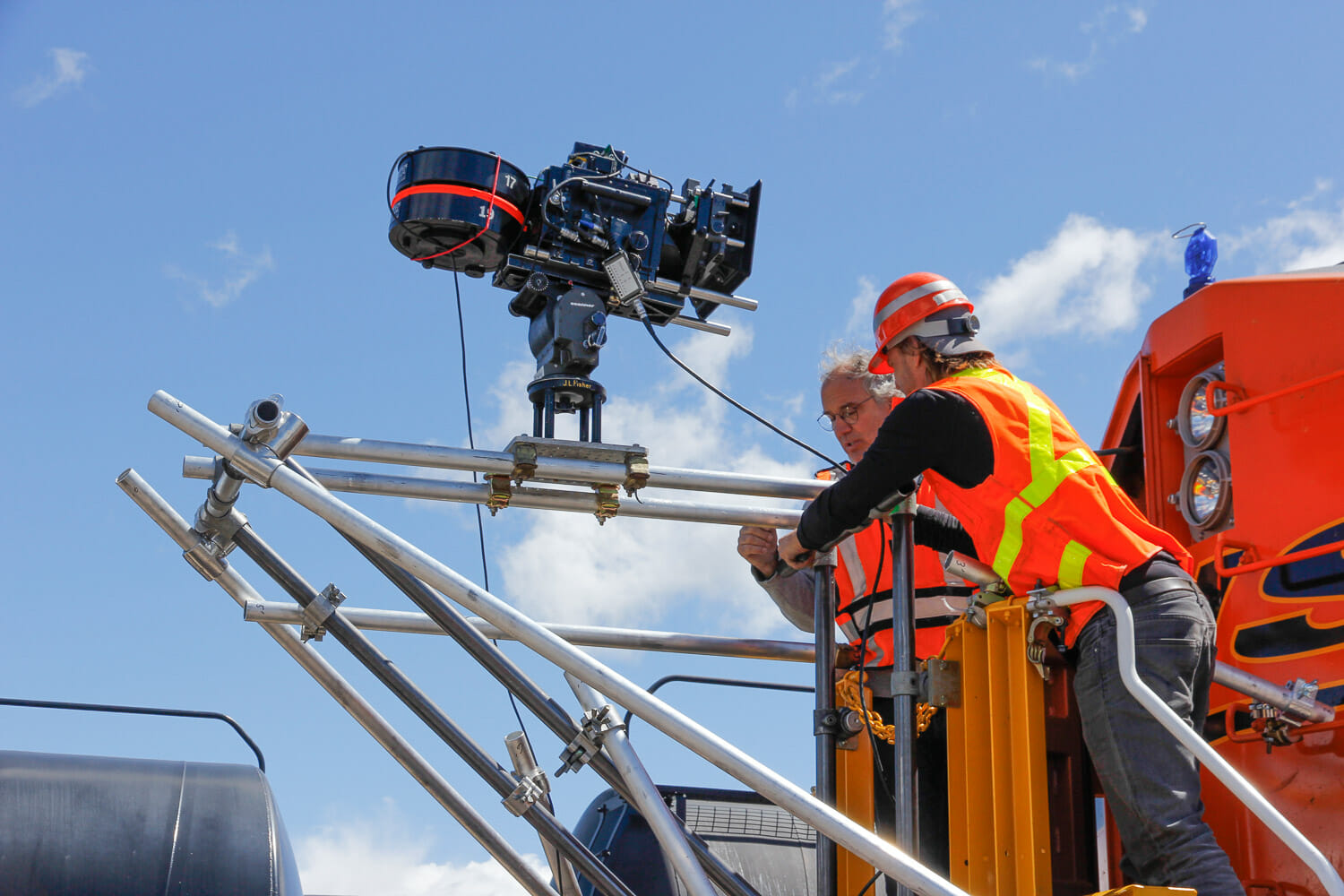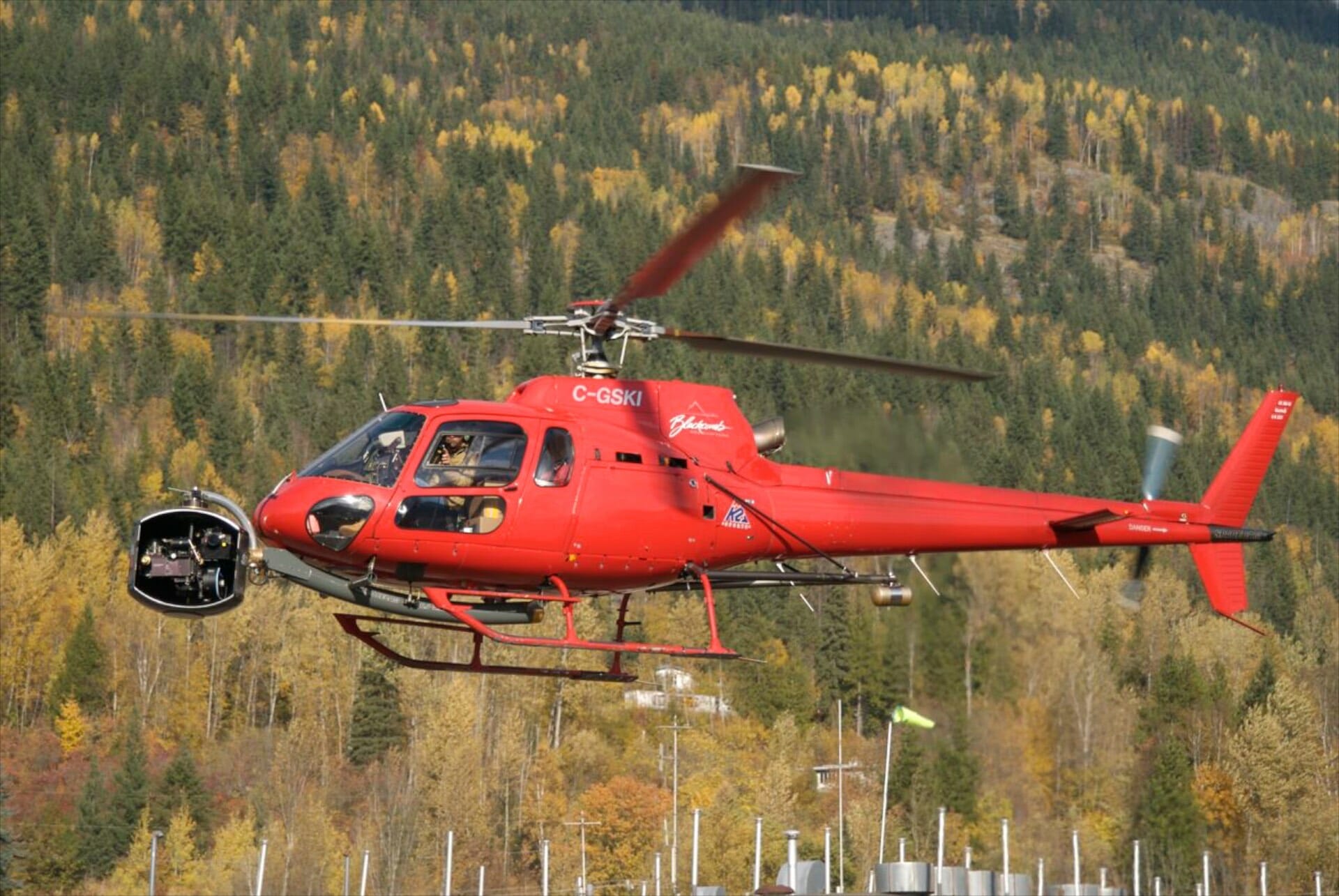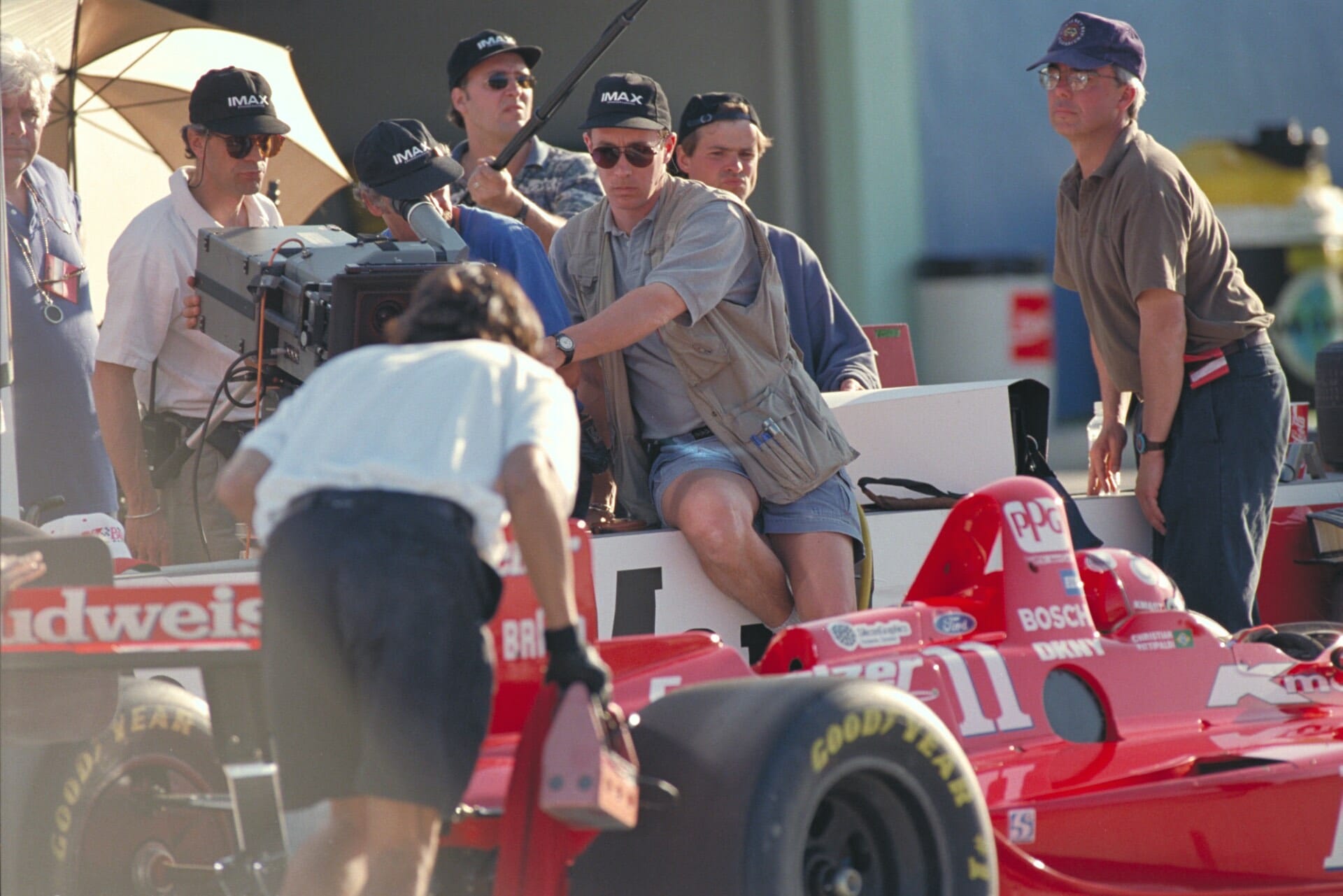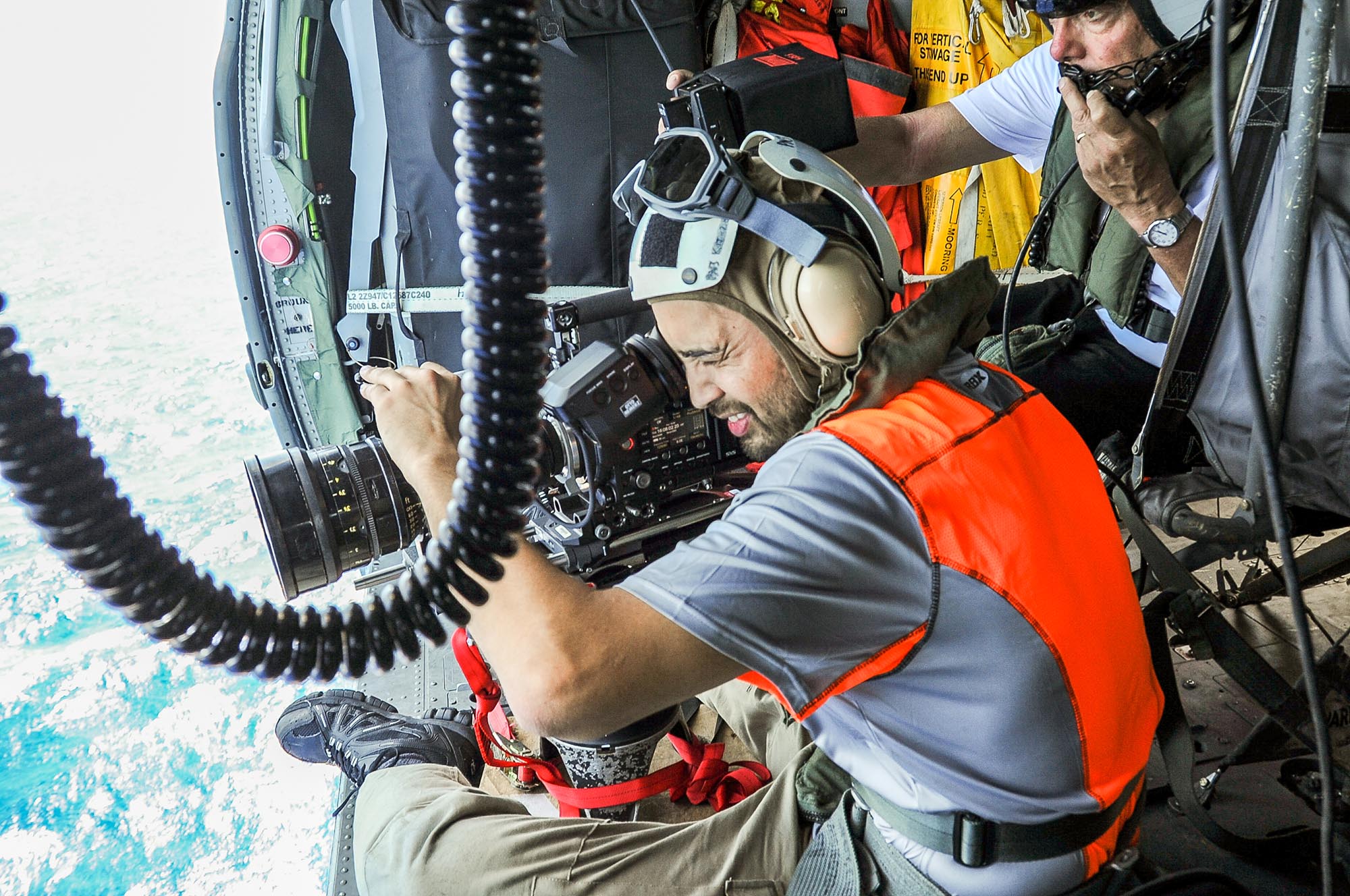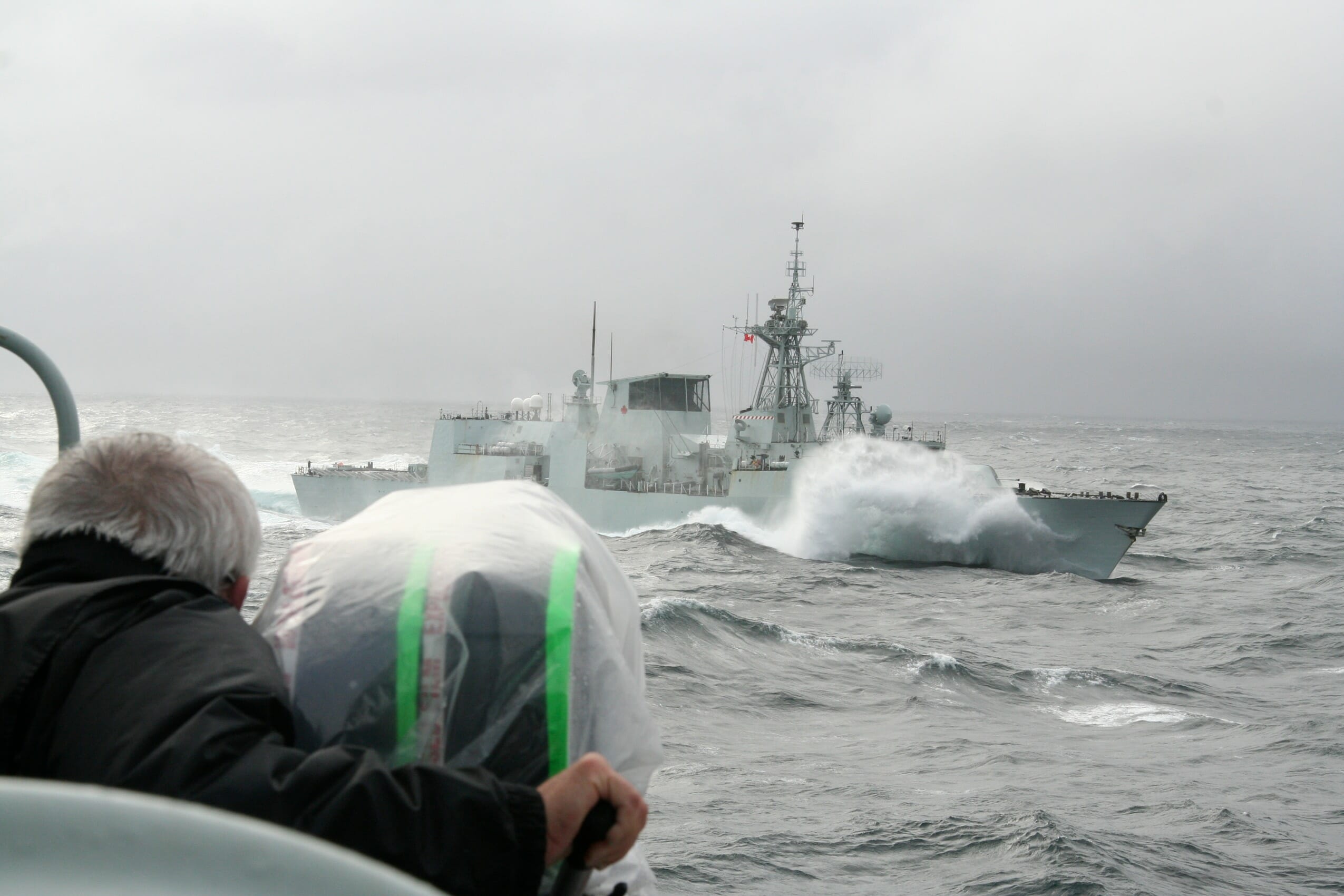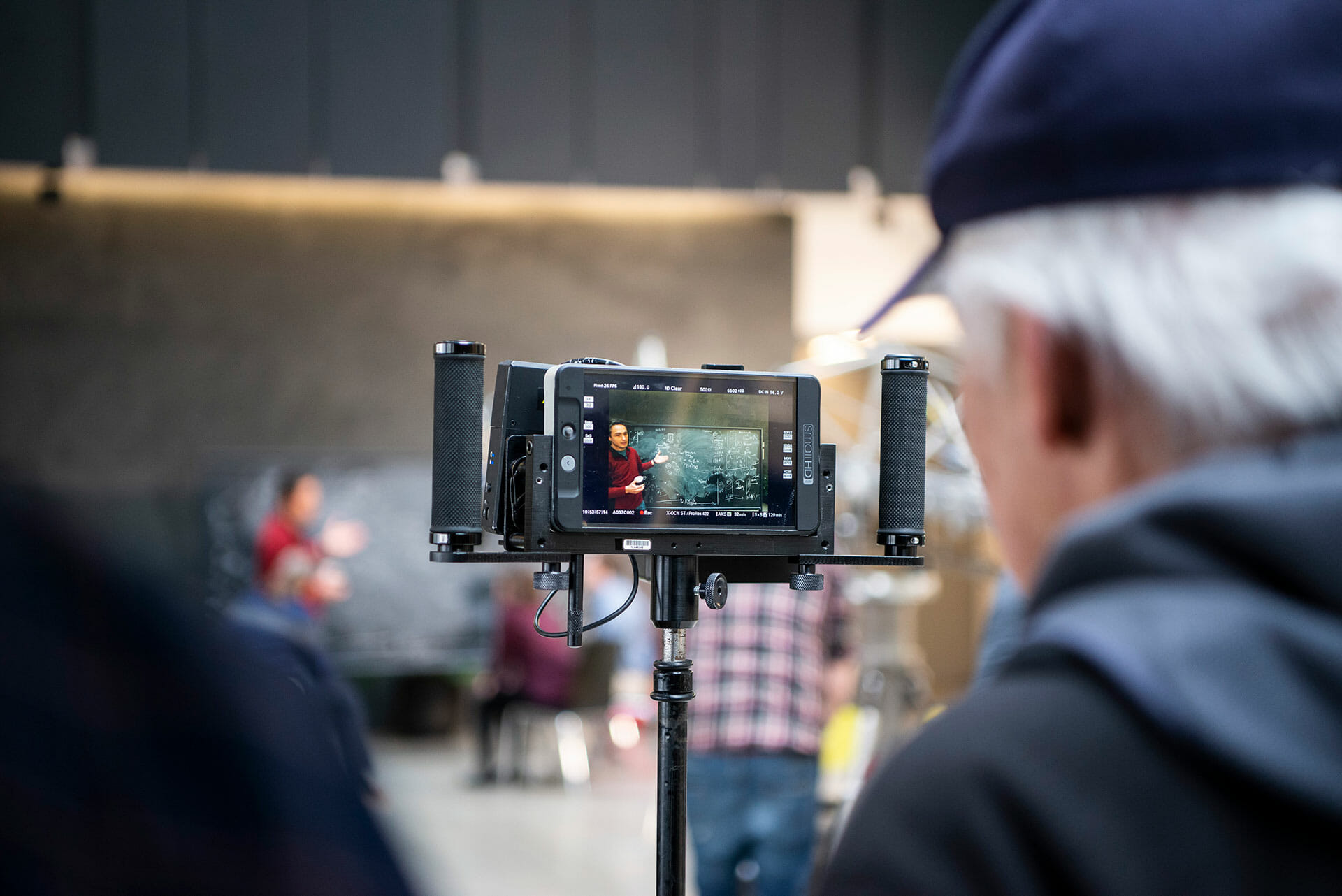Creators and Distributors of the giant screen experience
Showcase
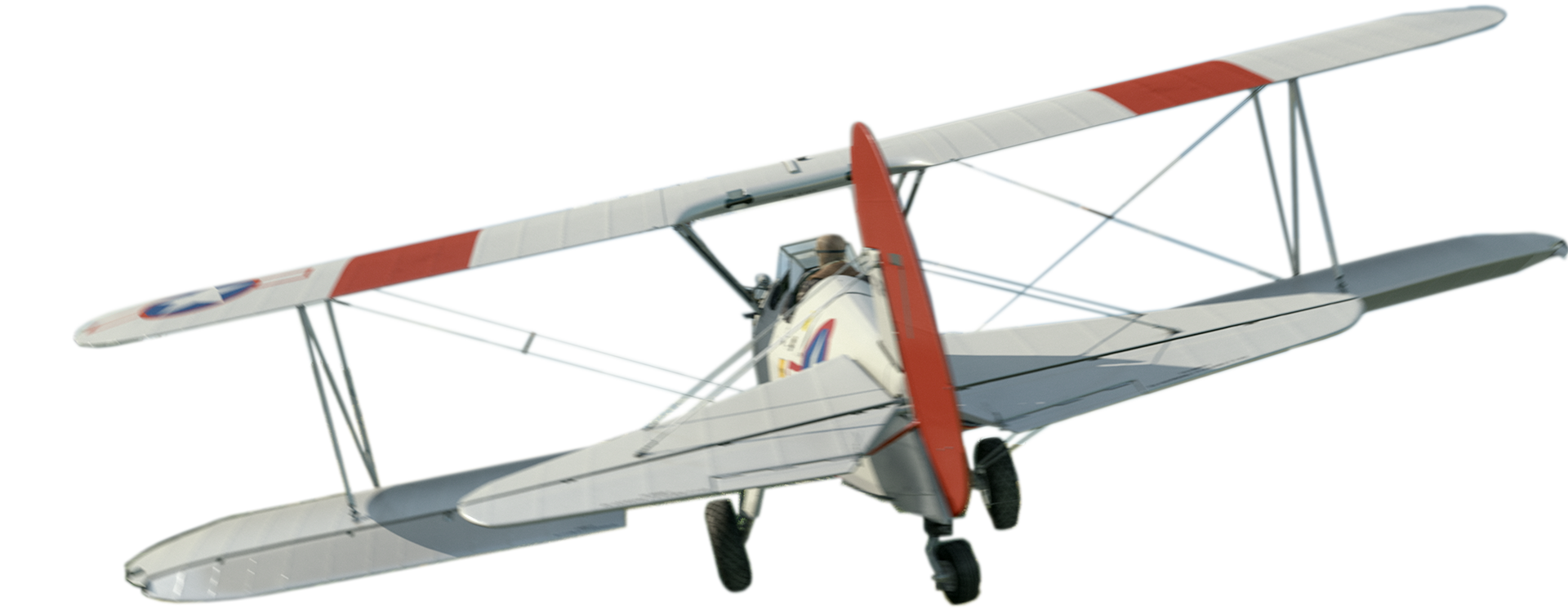
Land, sea, air & Beyond…
By Land, Sea, Air and Beyond
By bringing together specialized crews and shaping unique collaborations, our team has been able to secure—on land, in the sea, in the air and beyond—some of the giant screen’s most intriguing, authentic and high-impact moments.
A key attraction of the giant screen lies in being able to have unique experiences—kinetic, highly visual ‘being-there’ moments that would not be possible outside the cinema. Part of the audience experience lies in the flow of good storytelling, but a good part lies in the immersion in truly unique scenes on the screen.
Below: some nuggets of from our work organized by theme—Land, Sea, Air and Beyond. ▼
land
Showcase: Land
sea
Showcase: Sea
air
Showcase: Air
beyond
Showcase: Beyond
A Timeline: Shaping the Story of Big Cinema
Follow the evolution of filmmaker, company and industry with chronological highlights from our work, our collaborators and our impact across the years. Scroll through our world of giant screen cinema in the Timeline.
Tomorrow’s Screens
The invention of giant screen technology by the founders of IMAX Corporation and others created a unique medium characterized by:
- a shared audience experience in an institution committted to public learning;
- ultra-high definition visuals (the best quality visuals in the world)
- a surround-sound environment;
- immersion of the viewer through envelopment of peripheral vision;
- an evolving library of creative, fact-driven film experiences created by talented filmmakers.
While competing screens and information sources have proliferated dramatically over the decades since the emergence of giant screen cinema, the essential ingredients that make this medium a powerful experience and profound learning medium, remain. The true greatness of the giant screen experience is not that it is super resolution, or mega-scale, or fantastic image brightness and crispness, or its acoustic immersion. It is when it is all these things come together with with great stories, storytelling and film craft.
So what comes next? Where are we headed? Tomorrow’s screens will continue to get better. Giant screen technology will continue to evolve with refined dimensionality, digital enhancement, resolution, laser projection, brightness and contrast and overall dynamic range, and enhanced surround sound.
And as screens change, they will continue to offer a remarkable canvas for storytelling. Great stories, well told—that is where we’re headed.
We are creators and distributors of the giant screen experience. We capture and tell the biggest stories ever told, illuminate new worlds and propel our audiences on adventures that astound. Our experiences bring alive giant screens in leading museums and science centers around the world and generate unique learning opportunities for audiences of all ages.

